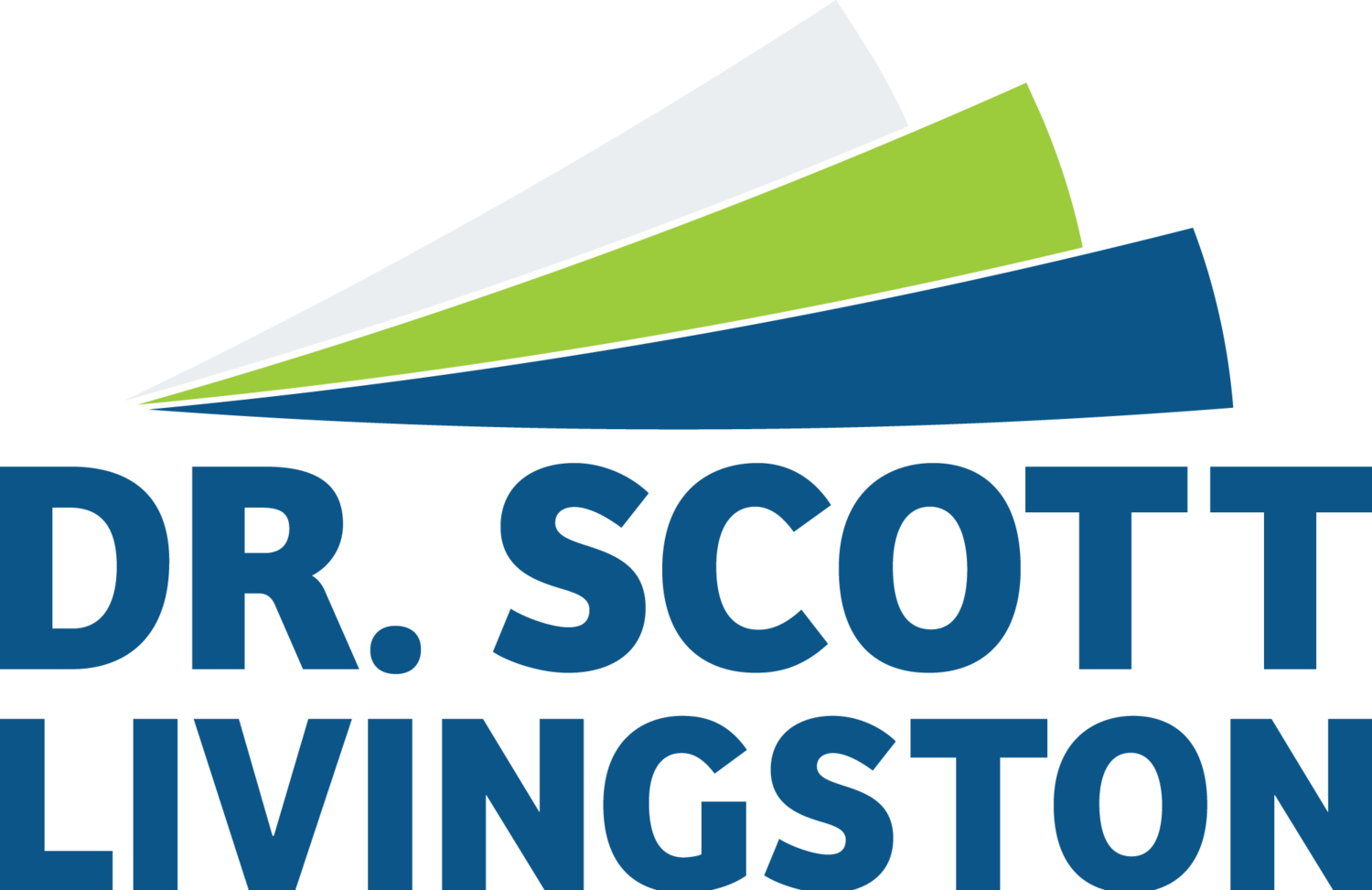This morning started off like most mornings for me when I am home and working from my home office: make my way to the kitchen and fix a pot of coffee.
I have done this exact same thing at least 20,000 times in my life.
Our coffee pot is a simple one consisting of only 3 parts: a glass carafe, the “maker” which essentially boils the water and dispenses it over the coffee grounds, and the filter basket where the coffee grounds sit.
That’s it.
3 parts, of which I am really familiar. In fact, according to Malcom Gladwell in his book Outliers, I am an expert in coffee making 2 times over.
I think you know where this is heading.
This morning I got up, filled the maker with water, put the coffee in the paper filter, put the paper filter in the maker, and turned it on…
Did you notice anything?
That’s right. No filter basket.
Which means that the paper filter with all the grounds in it fell into the large hole in the coffee maker. To say I had a mess is no small statement.
Seeing and recognizing are not the same thing
As I thought about what just happened several ideas came to mind:
Maybe I was still a bit groggy and half asleep.
Had my wife put the filter basket back in the coffee maker where it belonged…
If I didn’t have to walk the dog and make coffee, maybe I would have had more time to focus
on the task.
Do you hear the excuses?
I know you do, because if you are honest you likely use similar excuses frequently when things don’t go your way. It is easier to put the blame outside yourself rather than to own what is happening in your world. It is easier to blame the environment, other people, or your circumstances rather than own up to what is happening.
I wasn’t paying close enough attention to what I was doing (even though I am a self-proclaimed coffee making expert).
My wife had nothing to do with my not recognizing the filter basket was not in the coffee maker.
I had more than enough time between 6am and my first meeting at 9am to make coffee and walk the dog.
The real problem for me this morning is that I saw there was no filter basket in the coffee maker. I had to have seen it. I have made over 20,000 pots of coffee in my life. Every pot I have ever made uses the same three functional parts.
Oh, I saw it alright...
I just didn’t recognize it.
To me, this is the essence of being self-aware as a leader: Recognizing when things are not quite right.
Three Tips To Be More Self-Aware
Slow Down Your Routine
Routines take things we used to have to think about and makes them unconscious. This distinction is what Daniel Kahnemen, in his book Thinking Fast and Slow, describes as making System I thinking become System II. It is taking your “gut” feelings and putting some rational thought behind them.
Challenge Your Status Quo
Are the behaviors that have made you successful in the past going to get you where you want to be in the future? Mix it up a bit and learn. This will give you new insights and recognitions, helping you to slow down and think more about what you are doing.
Find a Friend/Coach/Mentor
Not that person who always takes your side or tells you what you want to hear. You need someone who can help you move from seeing to recognizing, then help you experiment with new behaviors so that you know what to practice.
My hope for you is a leader is that you become more self-aware so that you can have an inspirational impact on those you lead.
Thats all for now. I have to go make another pot of coffee.




















